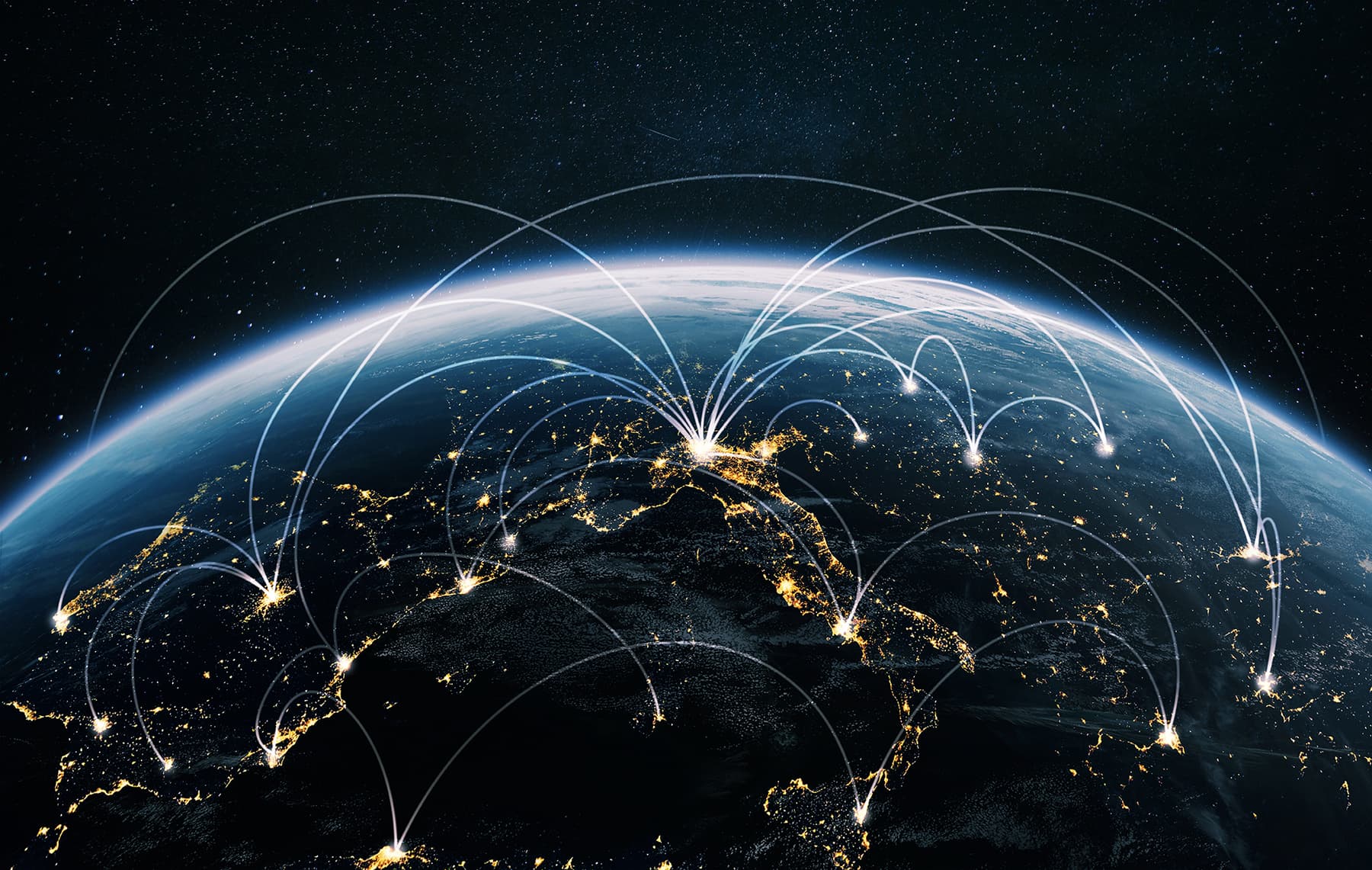Intelligence Analysis
Geopolitical Tensions Increase Cyber Threats to Business Executives
7 OCT 2025
/
3 min read
Author
Cyber Intel Lead

KEY TAKEAWAYS:
- With heightened geopolitical tensions, the likelihood for more sophisticated cyber threats to business executives and their technology suite increases.
- Due to a combination of uninformed clientele and a lack of qualified cyber professionals, there is a need for a more well-rounded cyber hygiene routine in most C-suites.
- Executives and their security teams can work to strengthen their cyber safety using a combination of physical security assessments where computers are used, and a more powerful device privacy configuration to limit what is available to external users.
Through 2026, cyber threat actors will increasingly target C-suite executives, with evolving geopolitical tensions. Executives hold sensitive data like financial records, intellectual property (IP), and strategic plans, making them valuable targets for cybercriminals and state-sponsored threat actors. Despite their critical roles, many executives often remain inadequately protected.
Geopolitical Background
Ongoing geopolitical tensions across multiple geographic regions have already prompted threat actors to escalate attacks targeting business leaders. The conflict in Ukraine has driven Russia-aligned groups to target executives in the energy and defense sectors. Tensions in the Middle East between Israel and Iran, as well as over the Strait of Hormuz, have elevated threats against executives in oil, shipping, and supply chain logistics. Additionally, competition between the US and China has brought increased threats from China-aligned groups against leaders in the technology field. The World Economic Forum's Global Cybersecurity Outlook 2025 reported that geopolitical tensions influence cyber strategy in nearly 60 percent of organizations, with over 30 percent of CEOs citing cyber espionage and exfiltration of sensitive data as top concerns. Moreover, the same study showed that 86 percent of surveyed leaders believe a catastrophic cyberattack stemming from geopolitical tensions is likely within the next two years.
A Lack of Guidance
Senior executives face significantly higher risks for targeted attacks due to their access to sensitive data. Their strong online presence and public visibility, combined with devices and apps that collect extensive metadata, can expose personal patterns, locations, and communications; creating an opportunity for exploitation, such as AI-enabled social engineering and impersonation attacks. While traveling, they could be exposed to surveillance, device tampering, or advanced spear-phishing operations. In private residences, executives use personal devices and smart home systems that may not have adequate security software alongside their business infrastructure. Unlike enterprise networks with centralized management, home environments are less secure and decentralized, increasing the attack surface significantly.
Executives often do not receive basic security training that non-executives receive, let alone additional security training matching their risk profile. According to publicly available data, around 72 percent of senior US executives were the target of a cyberattack through 2023-2024. Executives may have poor password practices, such as reusing passwords, not storing them in secure locations, or using password managers. Compounding this, the Organization for Economic Co-operation and Development (OECD) reported a shortage of skilled cybersecurity professionals, leaving many companies unable to scale up their defenses to protect senior leadership adequately.
The Layered Approach
Executives and security teams must work together and adopt a layered approach to defend against sophisticated threats. Security teams should conduct physical security audits for home and travel environments to reduce exposure. Executives can engage cybersecurity consultants to implement continuous monitoring capabilities that automatically detect and respond to threats in real-time. Consultants can also conduct simulated phishing and AI-driven social engineering exercises. Implementing Zero Trust architecture ensures strict identity verification protocols are in place regardless of location or device.
Additionally, basic digital hygiene, such as using unique passwords, multi-factor authentication, and keeping software updated, can decrease the overall attack surface. Executives or their media management teams can limit what they share online, especially on social media platforms, to minimize the risk of targeted attacks. Meanwhile, security teams can monitor digital footprints and configure device privacy controls to eliminate location metadata and restrict data collection. Effective training will remain the most crucial step to ensure senior business leaders can take to protect themselves and their organization's sensitive data. Regular training helps them develop strong situational awareness and empowers them to recognize and respond to suspicious activities before becoming potential victims.
Learn more about leveraging our industry-leading regional and subject matter experts for intelligence insights that help your organization proactively mitigate risks to your people and operations.
Related
Tags
Sharpen your
view of risk
Subscribe to our newsletter to receive our analysts’ latest insights in your inbox every week.
Intelligence & Insights
Intelligence
Worth Gathering
Employing a team of 200+ analysts around the world, Crisis24 is the only source you need for on-point, actionable insights on any risk-related topic.

Intelligence Analysis
The Rising Risk of Laser Attacks on Pilots and Aircraft Operations
Laser strikes on aircraft pose serious safety risks to pilots and passengers. Learn about impacts, enforcement, and prevention strategies to reduce incidents.
By Janna Hyland
November 20, 2025

eBook
Preparing for the Soccer World Cup 2026 – Mexico Travel Advisory
The upcoming World Cup tournament is set to be the largest in history unfolding across three nations – the US, Mexico, and Canada – with each country presenting unique security challenges for travellers. Learn about the specific risks associated with the games in Mexico.
November 18, 2025

Article
The Power of Preparation Against Active Assailant Threats: Building Crisis Management Capabilities
Build readiness against active assailant threats with Crisis24’s proven preparedness framework.
By Graeme Hudson
November 17, 2025

Article
Strengthening Modern Supply Chains: How Intelligence and Risk Monitoring Reduce Disruption
Real-time intelligence and risk monitoring can help protect your supply chain and global operations during time of disruption or volatility.
November 17, 2025






